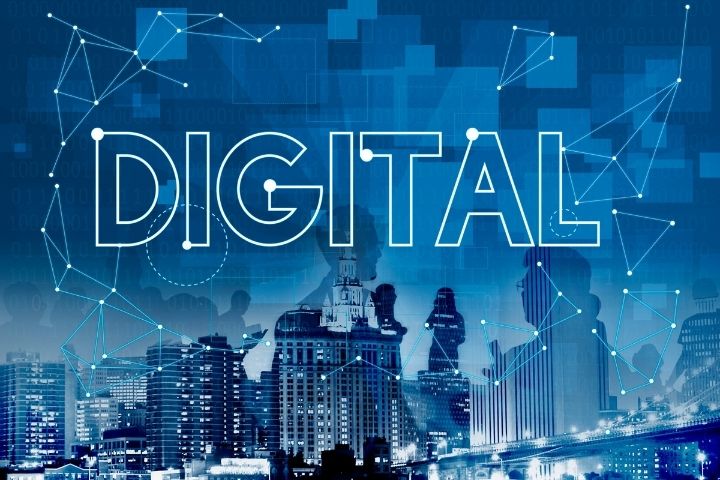The digital revolution is actually very old, and it can be said to be a good example. It started 240 years ago with the complex weaving equipment controlled by the punch card of Louis Jacquard or the computer of Babbage in the 1830s. Currently: Extremely cheap hardware and cloud computing processing can accomplish two specific tasks, such as monitoring each drop of fuel or water or collecting enough image data, so that more and more detailed analysis becomes completely feasible, not to mention fast and feasible. Search content again.
Wireless technology can be used to communicate with vehicles, smartphones, Wi-Fi, broadband, communication satellites (this is a real major breakthrough, and it has been nearly 50 years old ), and link various types of sensors back to processing and memory In order to make complex decisions (whether it will cause a fire) (should the material flow be changed now? Is this motor operating at its best?) This is becoming more and more important, and there are still many opportunities.
Throughout human history, people wandering around to check things is a very unstable control process, and we must rely on non-human precision 24/7/365 (digital indicators) to change everything. The software no longer uses time-consuming and labor-intensive structures to write line by line, and these structures usually have a long learning curve, rather than laboriously transforming it into pre-formed components of functional code that can be easily assembled, customized, and deployed. Steve Jobs (Steve Jobs) NEXT computing technology created this precedent in the 1980s and 1990s, and it was essential for the creation of many Internet functions and websites.
It makes the learning curve shorter or non-existent, thereby greatly improving the accessibility of information technology. Artificial intelligence, self-learning software, neural networks, and expert systems are all “new” evolutions 20 to 50 years ago, but faster processing power and more data in the cloud make this rapid development.
Quantum computing, superconductivity, nano-manufacturing of hardware, and new materials are likely to quickly erode the barriers to satisfactory functions. Three-dimensional printing, or the actual creation of something from digital files, can actually be traced back to the late 1970s when computer numerically controlled machine tools were connected to computer-aided drafting and manufacturing software workstations.
The 3D printer came out in 1984 and was immediately used in new car design prototypes for General Motors, Ford, and Chrysler. With the continuous expansion of materials, production speeds, and output sizes, this is at the highest rate of innovation among many small businesses and countless potential customers, such as automobile manufacturing in the 1910s, aircraft manufacturing in the 1940s, sewing machines, and gun manufacturing in the 1850s, Personal computers in the 1980s, mobile phones in the 1990s, consumer electronics in the 1960s, etc. The Internet-based environment considers offensiveness through hybrid and global connectivity.
Computer electronic equipment uses electronic circuits to communicate with data. In the 1940s and 1050s, engineers began to manufacture advanced electronic devices and improved the electronic parts used to make them.
Also Read : How To Set Up A Laptop To Achieve 4G Internet Speed Hotspot Connection







